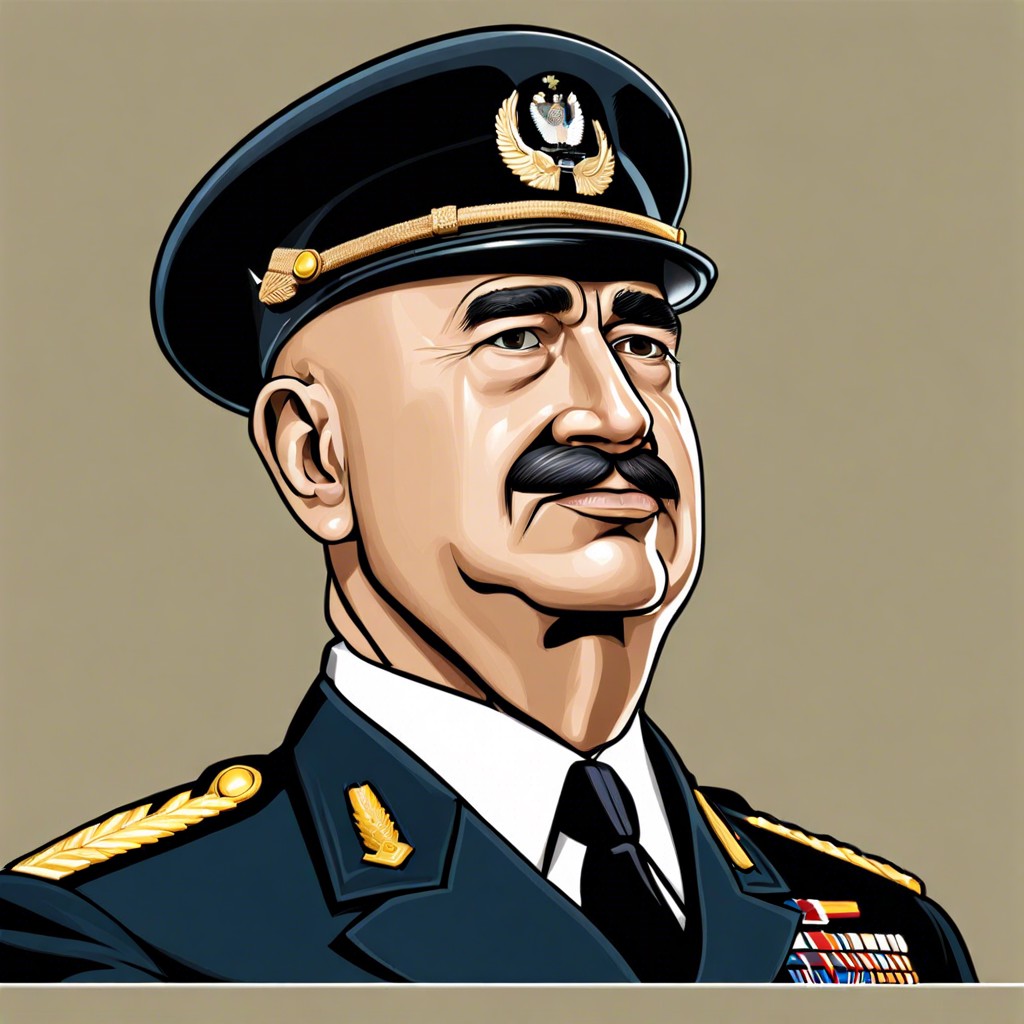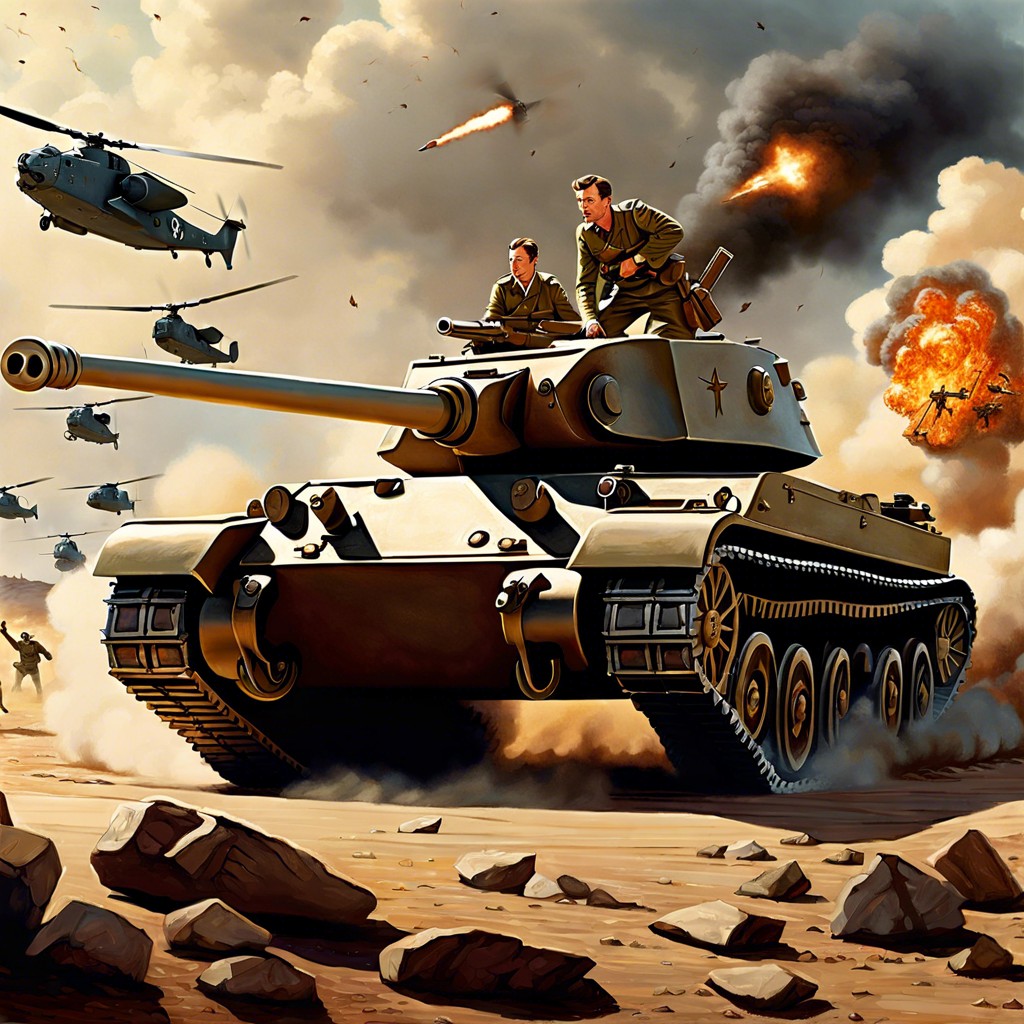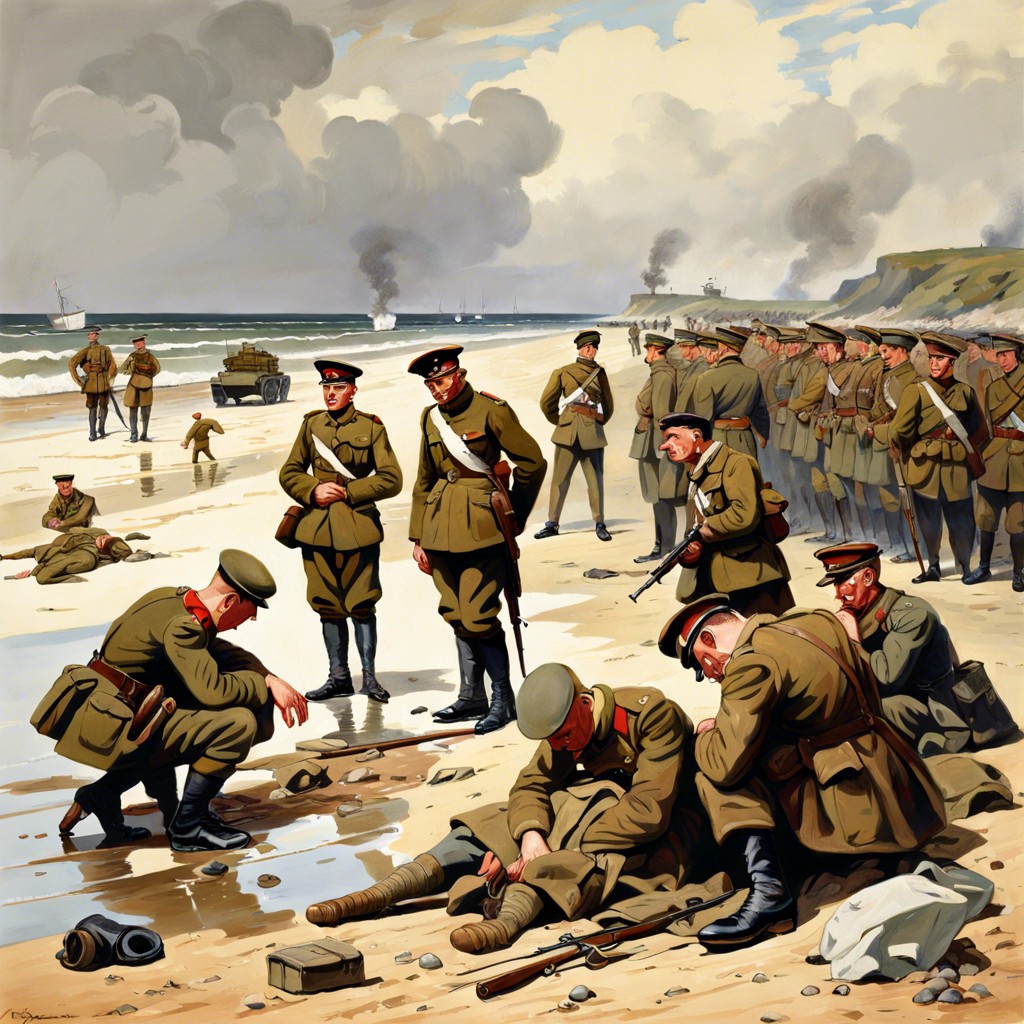Discover how the alternate history of Operation Downfall could have drastically reshaped the final stages of World War II and the modern world.
Imagine a colossal storm brewing on the horizon, ready to unleash chaos beyond reckoning—this would have been Operation Downfall, the never-executed Allied plan to invade Japan in WWII. Wonder how it would’ve played out? We’ll dive into strategic blueprints, military maneuvers, jaw-dropping casualty projections, and the ripple effects on global politics you’ve likely never pondered. Buckle up, because we’re about to embark on a what-if journey that could rewrite your history books and reshape your understanding of the past.
Key takeaways:
- Operation Downfall: Massive WWII invasion reshaping global history.
- Detailed strategic plans: Amphibious landings, air support, surprise element.
- Military tactics: Brute force vs. desperate resistance in Pacific Theater.
- Estimated casualties: Staggering numbers, huge costs, humanitarian disaster.
- Post-war politics: Soviet influence, US morale, atomic diplomacy altered.
Strategic Plans and Timeline for Operation Downfall

Operation Downfall was a gargantuan endeavor, split into two main parts: Operation Olympic and Operation Coronet. Operation Olympic aimed to secure the southern island of Kyushu. Good ol’ Kyushu was not about to throw a welcoming party—Japanese defenses were beefy. The Allies expected to launch this phase in November 1945.
Phase two, Operation Coronet, had its eyes set on the Kanto Plain near Tokyo, crucial for a final blow. Scheduled for Spring 1946, it was set to be the main stage of relentless drama.
Key planning involved massive amphibious landings, dwarfing even D-Day. The logistics? Insane. Imagine coordinating millions of troops, fleets of ships, and endless supplies, all while under fire.
And the mind-boggling air support plans! Think swarms of B-29 bombers paving the way for ground forces. The timeline was tight and relentless, designed to keep Japanese forces reeling. Yet, each step forward was expected to meet fierce resistance, making those carefully laid plans as fragile as a house of cards in a hurricane.
All of this was stitched together under the hood of meticulous planning. The twist? It relied heavily on the element of surprise—akin to playing rock-paper-scissors with a mind reader. The stakes were astronomically high.
Expected Allied and Japanese Military Tactics
Both sides would have brought their unique playbook to the table. The Allies, buzzing with the recent success in Europe, had a meticulous multi-phase plan. First, they intended to bombard the Japanese defenses relentlessly. Think of it like an overly enthusiastic kid smashing a piñata with a baseball bat. Following the bombardment, a massive amphibious invasion was to storm the beaches of Kyushu, Japan’s southernmost island.
The Japanese, on the other hand, weren’t planning to roll out a red carpet. Their defense strategy revolved around a “Ketsu-Go” plan, which translates roughly to “decisive battle.” Picture an army of soldier ants ready to lay down their lives for the colony. They planned for kamikaze attacks, mass mobilization of civilians, and guerilla warfare. Every runway, every beach, every rice paddy was a potential battleground.
Considering the tech, the Allies had superior firepower and air support, while the Japanese were ready to transform the entire country into a giant porcupine bristling with spikes.
In essence, it was to be a clash of brute force versus desperate resistance. Each was prepared to rewrite the script on military engagement in the Pacific Theater.
Estimated Casualties and Resources Needed
Imagine a colossal clash, a showdown of epic proportions. That’s what Operation Downfall would have been. Think D-Day but super-sized and then some. Here’s the scoop on what it would have cost, in both lives and loot.
First off—the sheer number of boots on the ground. Allied planners anticipated millions of troops. Throw in the expected fierce resistance from the Japanese, and you have a recipe for staggering casualties on both sides.
Now, let’s talk hardware. Ships, planes, tanks—enough to create a traffic jam of war machines. The Allies anticipated thousands of aircraft sorties and naval bombardments, which sounds expensive because it would be.
And then there’s the human cost. Some estimates suggest millions could have died, including civilians caught in the crossfire. We’re talking a humanitarian disaster of epic proportions.
Resources wouldn’t just be military. Imagine the medical supplies, food, and logistics required to keep a multi-million-man force operational. It’s like planning to feed an endless summer camp, but everyone’s really grouchy and heavily armed.
In summary: big numbers, big costs, and big consequences!
Potential Impact On Post-War World Politics
The global political landscape would have been vastly different. Several key changes could have unfolded:
First up, Soviet influence. The USSR was already flexing its muscle in Eastern Europe. If the Allies got bogged down in a drawn-out battle with Japan, the Soviets might have taken the opportunity to spread their influence even further in Asia, leading to an iron grip on places like Korea and perhaps Japan itself. Talk about neighbor drama.
Next, US and Allied morale. A protracted fight would have strained resources and patience. This could’ve diminished the post-war glow of victory, making the Western powers more hesitant to engage in future conflicts. Also, good luck selling war bonds after that.
Finally, atomic diplomacy. The actual use of nuclear weapons was a game-changer. But imagine if, instead of Hiroshima and Nagasaki, nukes were kept as a grim reminder in a post-war treaty locked in a Pentagon drawer—a secret handshake of doom that shaped Cold War politics much differently.
So, the ripple effects would have likely reshaped alliances, altered power balances, and turned the world into a very different place, politically speaking.
Changes in Cultural Memory and Historical Perspective
Imagine the history books were suddenly rewritten with double the drama. If Operation Downfall had occurred, our cultural memory of World War II would be fundamentally different.
Firstly, the narrative of a quick, decisive end with the atomic bomb would morph into a prolonged and grueling saga. The heroics would multiply, yes, but so would the horror stories.
Secondly, Japan’s post-war cultural identity might be less centered around recovery and pacifism. The deeper scars of a full-scale invasion would leave marks on its art, literature, and cinema, maybe making Godzilla look like a house pet.
Thirdly, in the West, the perception of the war could shift from the triumph of technology and strategy to the sobering cost of human life. Veterans’ tales would be even more harrowing, changing how Memorial Days are observed and stories are told.
Lastly, international relations could see a twist. The collective desire to prevent another World War might amplify, potentially giving birth to even stronger global alliances and a more robust United Nations.
And think of all the extra war documentaries historians would have to make! Would Netflix ever survive the demand?




